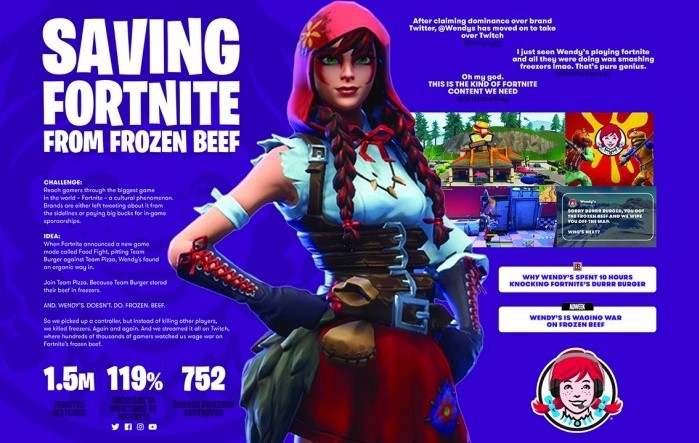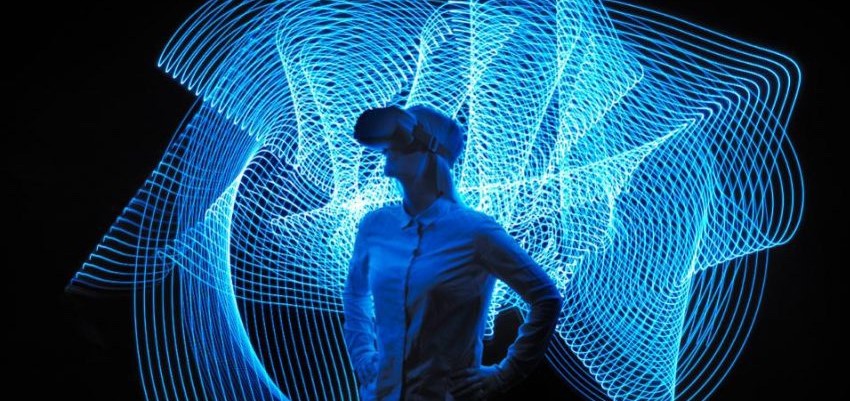The metaverse is here and every aspect of our lives is likely going to transform in a few years. From our work to education and even how we interact with people in our lives will be massively affected by the changes that the metaverse will bring. This includes our relationship with brands. As was the case with the social media revolution, our expectations from companies and how we interact with them will be reshaped massively as we move into the next generation of the internet. Naturally, many brands are looking for ways to thrive in this new environment. Cutting-edge technologies are presenting them with new innovative tools that they can use creatively to promote their products.
In terms of how brand-customer relationships will evolve in the metaverse, we see two main trends: immersiveness and engagement. Customer experience is without a doubt one of the most important elements of a successful business. It ensures that customers form a connection not only with the product but the brand as well. A good customer experience helps brands retain their existing customers and it also attracts new customers. It creates an engaging relationship between the seller and its customers. Brands can take this relationship to the next level by creating immersive experiences using augmented and virtual reality technologies.
What is an immersive experience?
Immersive experiences are meant to alter the physical world and physical environment around us and build upon them. It presents users with an enhanced version of real life. Technology can be used to construct an immersive experience that transports users into a new or altered reality. They can see, hear, and interact with items and objects that aren’t necessarily in front of them within this enhanced reality. Hence, an immersive experience can sometimes be described as extended reality or an enhanced version of real life. It allows users to empathize, be inspired, and learn on a whole new level by convincing them that what they’re seeing or feeling is genuine. This is why, when creating an immersive experience the elements of sight, sound, and touch are supposed to be taken into consideration so that it can be much more captivating.

Immersive experiences may look and feel different depending on their purpose -some can be used for education and training while others can be used for entertainment or commercial purposes- but their overall aim is to enhance physical environments through one or more technologies linked together.
Why are immersive experiences important for brands?
Research shows that experiences lead to more happiness than physical objects do. Because of this reason, companies that prioritize experiences over products or features are more likely to gain referrals and customer loyalty. When customers are offered a unique experience, they get to create a connection with brands on a whole new level. Brands can design immersive experiences in a way that would incorporate their products so that their customers can not only enjoy these experiences but can also have first-hand knowledge of the goods that they offer and make more informed decisions. In this sense, immersive experiences help to provide a seamless experience to the customers in general.
Moreover, they assist brands in delivering more tailor-made content to their audiences. We are currently in the age of personalization. Every audience has different characteristics and businesses are constantly required to tweak their advertisements in accordance with these differences. An immersive experience can be used to deliver content that is unique to the targeted customer, which is certainly a plus by itself.

Another benefit of immersive experiences is that they can help make brands more relatable to the public. Like it is mentioned above, a good customer experience can build a connection between businesses and customers. Instead of passively reading about products or hearing/watching advertisements online, a customer can actually interact with the producers and have a more engaging relationship with the goods as well. Brands that are relatable have the power of retaining their customers and they also easily attract new ones.
Lastly, immersive technologies like augmented reality and virtual reality provide brands with precise analytics that track client data more accurately and reliably, allowing businesses to better target their efforts. This means that they can be helpful to understand customer behavior more accurately and more closely.
Brands that have built unique immersive experiences:
It is beneficial to observe real-life examples of immersive experiences created by successful brands in order to have a better understanding of what the next generation of marketing will look like. Here are some examples from four famous companies in the world:
Wendy’s
Wendy’s entered the realm of the metaverse and immersive experiences through a collaboration with the gaming giant Fortnite. Two years earlier, the creators of the popular video game introduced a limited-time event named Food Fight which encouraged gamers to represent their favorite fictional digital restaurant and battle one another. The last player standing in the event would be the winner. Wendy’s, being a restaurant chain, saw this as an advertisement opportunity. Upon discovering that the burgers from Durr Burger -one of the fictional restaurants in Fortnite- were stored in the freezer, Wendy’s decided to promote its own “fresh, never frozen beef”.

The company created a VR character that resembled its mascot for the game. The character then started destroying all the freezers in Fortnite’s Food Fight mode, instead of killing the other characters that were competing in the event. Wendy’s also live-streamed their crusade on the live streaming platform Twitch, inviting hundreds of thousands of players to watch and join them in destroying freezers. The stream continued for approximately 9 hours, and more than 1.5 million minutes were watched on the platform. The company saw an increase of 119% in brand mentions across social media and Wendy’s won several awards for this successful campaign.
Samsung
The South Korean multinational manufacturing conglomerate debuted the Samsung 837X, an immersive shopping experience in early 2022. It is a digital version of the company’s New York pop-up store, built to showcase the products and other offerings that were introduced during the annual trade show organized by the Consumer Technology Association (CES) in Las Vegas. The brand defines the experience as “an experiential playground for people to discover the amazing possibilities when technology and culture collide.”
So, how does the experience work? Samsung 837X was built in the block-chain-powered metaverse platform Decentraland. Fans who join partake in a digital adventure through the Connectivity Theater and Sustainability Forest to complete quests along the way for 837X Non-Fungible Token (NFT) badges and by a celebration at the Customization Stage. The Sustainability Forest is the last component of the adventure, and it was created to highlight a campaign Samsung has launched to plant 2 million trees in collaboration with an NFT firm that provides proof of planting. The project is a blend of entertainment, storytelling, branding, and sales enablement. Moreover, Samsung 837X is known as one of the biggest brand takeovers on the Decentraland.
AB InBev
The multinational drink and brewing company AB InBev, whose portfolio includes global brands such as Budweiser, Corona, and Stella Artois came up with a very unique and clever experience for its customers. The brewing giant created its first immerisve experience on the Ethereum-based game horse racing platform Zed Run, which was launched by Australia-based startup Virtually Human and lets users buy virtual racehorses using NFTs. Brands owned by AB InBev had been involved in racing for a long time up until that point; Stella Artois has been the official sponsor of famous horse racing tracks like Ascot, and Budweiser is known for campaigns with its Clydesdales horses and stables. Thus, this was actually a quite on-brand move by the famous brewer.

On the ZedRun platform, digitally created horses can be raced against each other, or bred and traded, much like real racehorses would be. Race outcomes are determined by an algorithm. These virtual horses on Zed Run are some sort of “breathing NFTs”; meaning that they are non-fungible tokens that actually take on a life of their own.
This campaign is the manifestation of a metaverse philosophy shared by some brands: businesses should parallel in the metaverse what they do in reality. In short, companies like AB InBev chose to turn their “real life” experiences to virtual immersive experiences in the parallel universe of the metaverse.
Hyundai
Hyundai Mobility Adventure was said to be the first virtual experience content on Roblox developed by a global automotive brand. Created by South Korean multinational automotive manufacturer, Hyundai Mobility Adventure presents visitors with a virtual space where they can meet, communicate, play games, role-play with one another, and experience Hyundai Motor’s mobility offerings in the form of customized avatars. A player can, for example, operate robots, purpose-built vehicles (PBV), and urban air mobility (UAM) transportation equipment, as well as drive Hyundai Motor cars such as the NEXO and IONIQ 5. They may create their own avatars, build and upgrade their personal parking garages, and engage in numerous social activities while immersed in the metaverse’s vast array of virtual experiences.
In a press release by Hyundai, the brand explained the target of this project as “young consumers who are technologically savvy at exploring virtual worlds beyond physical experiences”. The aim of Hyundai Mobility Adventure is to nurture long-lasting relationships with fans by familiarizing them with Hyundai Motor’s products and future mobility solutions. This is a great example of how immersive experiences can be utilized to develop relationships with younger generations.

